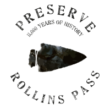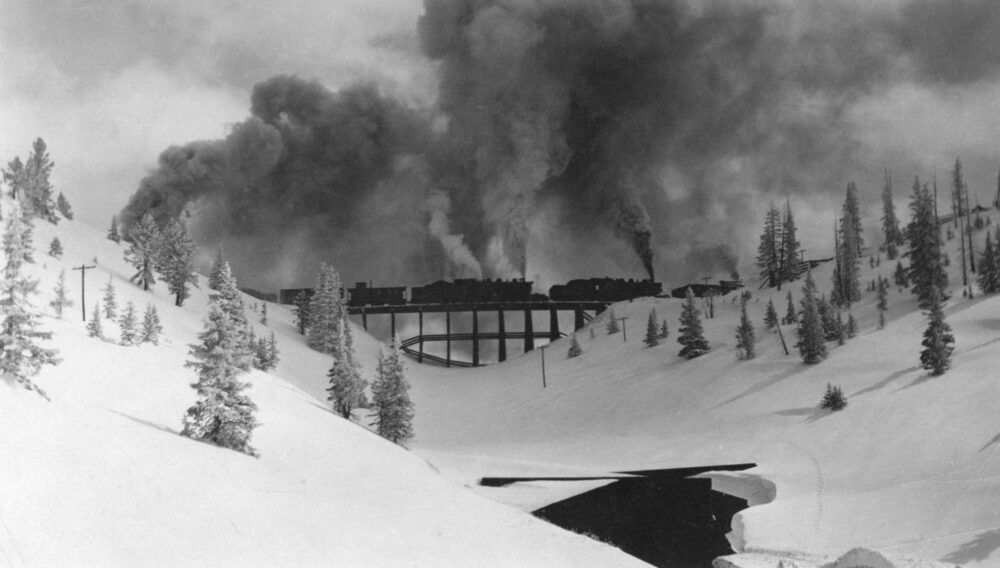Rollins Pass Photos
Some of the earliest Rollins Pass photos date to more than 150 years ago—and the tradition of photographing this most magnificent of places continues today.
This page provides direct access to learn more about how to purchase modern-day imagery of Rollins Pass through Corona Station Photography, how to help provide your family’s photos for an upcoming book, or how to provide photos for future generations by contributing family collections to The John Trezise Archive.
CORONA STATION PHOTOGRAPHY
After more than a decade in active operation, Corona Station Photography found a new home under the auspices of Preserve Rollins Pass since the two organizations’ goals go hand-in-hand: documenting the majesty of Rollins Pass in an effort to help preserve the prehistoric and historical records for the next generation.
SEE YOUR NAME IN PRINT
We’re hard at work on another book about Rollins Pass and the Moffat Tunnel! We’d love your help curating Rollins Pass photos: with museums, research centers, and other resources running with reduced hours these days, this allows us to reach out more widely to those who might have family stories and photographs. What if spring cleaning your closet or attic could result in seeing your name and family photograph(s) in print?
THE JOHN TREZISE ARCHIVE
At our first book launch event held Saturday, May 12, 2018 for Rollins Pass, we announced the creation of The John Trezise Archive for Rollins Pass Imagery. This is the world’s largest collection of Rollins Pass imagery that is crowd-sourced, completely searchable and available to the public through partnerships with requesting museums/libraries, and secured from loss.
The primary purpose of our work is to inform the public.

